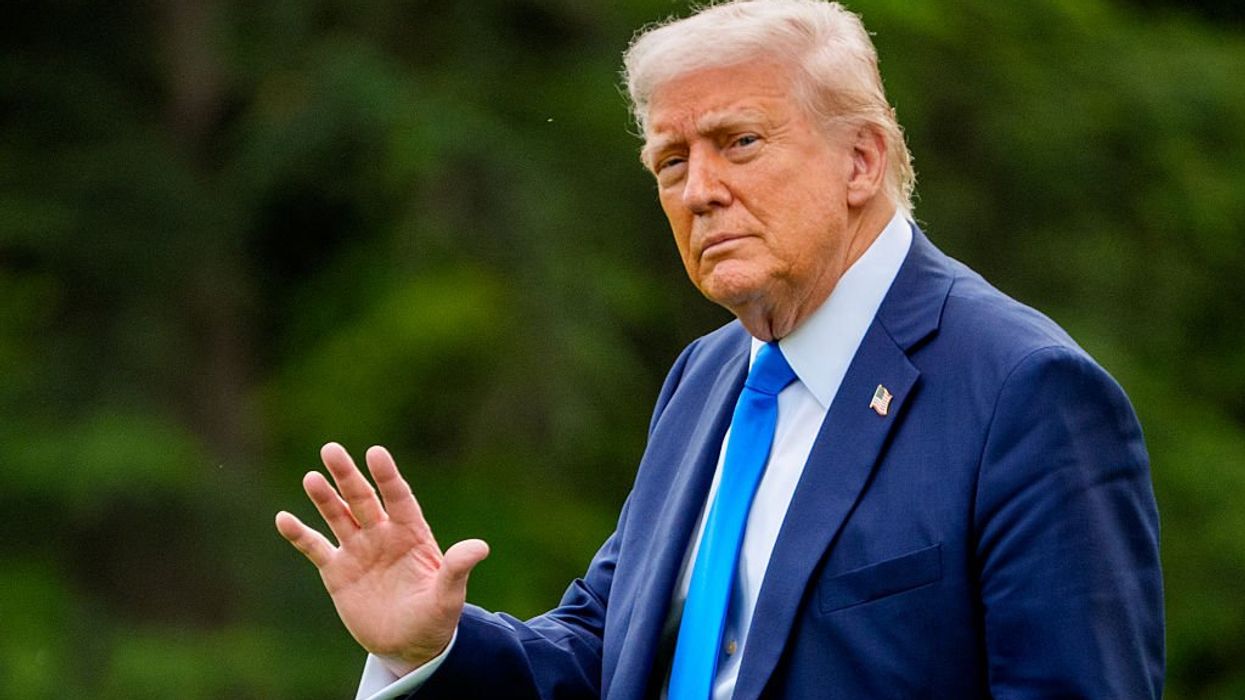100 Days, 122 Rulings
Presidents are typically evaluated by their accomplishments in the first 100 days. Donald Trump's second term stands out for a different reason: the unprecedented number of executive actions challenged and blocked by the courts. In just over three months, Trump issued more than 200 executive orders, targeting areas such as climate policy, civil service regulations, immigration, and education funding.
However, the most telling statistic is not the volume of orders but the judiciary's response: over 120 rulings have paused or invalidated these directives. This positions the courts, rather than Congress, as the primary institutional check on the administration's agenda. With a legislature largely aligned with the executive, the judiciary has become a critical counterbalance. The sustainability of this dynamic raises questions about the resilience of democratic institutions when one branch shoulders the burden of oversight responsibilities.
The Prosecution: Legal Challenges to Executive Actions
Upon returning to office, President Trump took an aggressive approach to executive authority, unleashing a tsunami of orders aimed at radically reshaping federal policy. This strategy, designed to implement changes swiftly, seems to potentially outpace legal challenges. Nevertheless, the judiciary has actively engaged in reviewing these actions, resulting in numerous injunctions and rulings that underscore the constitutional limits of executive power.
In one high-profile case, New Jersey v. Trump, the administration’s attempt to end birthright citizenship for children born in the U.S. to undocumented parents was challenged and blocked. A federal judge found the order in conflict with the Fourteenth Amendment, and the administration’s appeal to the Supreme Court is pending.
In Dellinger v. Bessent, an executive order seeking to reclassify senior civil servants as at-will employees—effectively removing their job protections—was halted with a preliminary injunction. The court determined the order violated civil service laws and posed risks to the function of government.
Meanwhile, in National Association of Diversity Officers in Higher Education v. Trump, the administration’s effort to freeze federal funding to institutions promoting diversity, equity, and inclusion (DEI) initiatives was ruled an unconstitutional overreach. The court emphasized that policy disagreements do not justify infringing upon academic freedom and civil rights.
These cases illustrate a pattern of executive actions that the judiciary deems as overstepping legal and constitutional lines in the sand. The courts have thus far served as a vital check on the administration's expansive use of executive orders.
A Contemptible Congress
While the judiciary has actively engaged in reviewing executive actions, Congress has taken a more passive role. The passage of continuing resolutions (CRs) to avoid government shutdowns has inadvertently granted the executive branch increased discretion over federal spending. Unlike detailed appropriations bills, CRs extend existing funding levels without specific instructions, allowing the administration to redirect funds with minimal oversight.
This discretion has been utilized to withhold funding from programs such as climate research and DEI initiatives, aligning spending with the administration's priorities without new legislative mandates. The reliance on CRs, coupled with a lack of assertive legislative oversight, has contributed to an imbalance in the separation of powers.
Yet, even as the judiciary works to check the excesses of executive power, the legislative branch—the one designed by the Framers to be the first line of defense—has largely chosen to stand aside. If the courts have played prosecutor, Congress has spent much of its time playing the absent witness—sometimes unwilling, but just as often all too willing to let the executive branch redraw the lines it was supposed to defend. Nowhere has this been clearer than in the recent Senate vote over tariffs. The GOP-led Senate could have stood with the majority of American voters in disapproving the administration’s actions. Instead, it meekly acquiesced, declining to impose any limits on the president’s authority despite bipartisan concerns. The message was unmistakable: Trump’s consolidation of power would not face resistance from Capitol Hill.
A Test of Institutional Resilience
The first 100 days of President Trump's second term have tested the mechanisms of American governance. The judiciary has emerged as a central figure in maintaining constitutional checks and balances, responding to a surge of executive actions with rigorous legal scrutiny. However, the limited engagement from Congress raises concerns about the durability of this equilibrium. Sustaining a healthy democracy requires active participation from all branches of government and an informed public. If oversight becomes just the lonely burden of the judiciary, the system begins to tilt—slowly, but decisively—toward executive dominance.
The danger lies not in the temporary assertion of power but in the normalization of it. You don’t have to be a Constitutional law scholar to recognize that when checks and balances rely on a single branch to function, the republic risks becoming structurally unbalanced. The ongoing challenges underscore the importance of vigilance, accountability, and institutional courage in preserving the foundational principles of the republic.
This all begs the question: What is to be done? Congress must get off the sidelines and reassert its constitutional responsibilities, beginning with full appropriations bills that constrain executive discretion and meaningful oversight hearings that clarify the scope and limits of presidential power. Courts must continue to defend legal norms without being drawn into partisanship. But the broader task belongs to the public: to demand transparency, resist apathy, and reaffirm that no leader is above the law. Democracy, after all, is not self-executing—it must be defended, deliberately and continually, by those it serves.
Robert Cropf is a professor of political science at Saint Louis University.




















